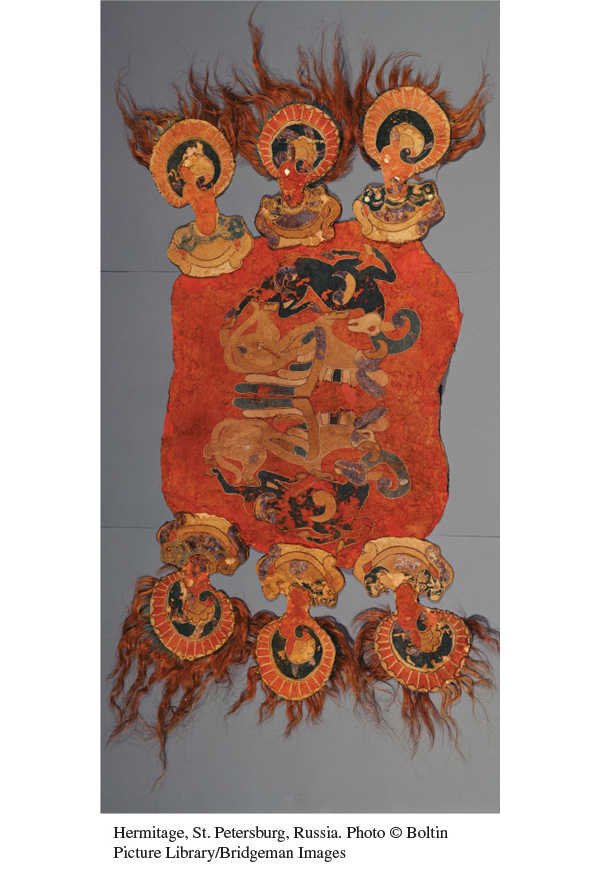Persian Religion

Iranian religion was originally tied to nature. Ahuramazda (ah-
Around 600 B.C.E. the ideas of Zoroaster, a thinker and preacher whose dates are uncertain, began to gain prominence. Zoroaster is regarded as the author of key religious texts, later gathered together in a collection of sacred texts called the Avesta. (See “Thinking Like a Historian: The Moral Life.”) He introduced new spiritual concepts to the Iranian people, stressing devotion to Ahuramazda alone and emphasizing the individual’s responsibility to choose between the forces of creation, truth, and order and those of nothingness, chaos, falsehood, and disorder. Zoroaster taught that people possessed the free will to decide between these, and that they must rely on their own conscience to guide them through an active life in which they focused on “good thoughts, good words, and good deeds.” Their decisions were crucial, he warned, for there would come a time of reckoning. At the end of time the forces of order would win, and the victorious Ahuramazda, like the Egyptian god Osiris (see Chapter 1), would preside over a last judgment to determine each person’s eternal fate. Those who had lived according to good and truth would enter a divine kingdom. Liars and the wicked, denied this blessed immortality, would be condemned to eternal pain, darkness, and punishment. Thus Zoroaster preached a last judgment that led to a heaven or a hell.
Scholars — and contemporary Zoroastrians — debate whether Zoroaster saw the forces of disorder as a malevolent deity named Angra Mainyu who was co-
Whenever he actually lived, Zoroaster’s writings were spread by teachers, and King Darius began to use Zoroastrian language and images. Under the protection of the Persian kings, Zoroastrian ideas spread throughout Iran and the rest of the Persian Empire, and then beyond this into central China. It became the official religion of the later Persian Empire ruled by the Sassanid dynasty, and much later Zoroastrians migrated to western India, where they became known as Parsis and still live today. Zoroastrianism survived the fall of the Persian Empire to influence Christianity, Islam, and Buddhism, largely because of its belief in a just life on earth and a happy afterlife. Good behavior in the world, even though unrecognized at the time, would receive ample reward in the hereafter. Evil, no matter how powerful in life, would be punished after death. In some form or another, Zoroastrian concepts still pervade many modern religions, and Zoroastrianism still exists as a religion.
56